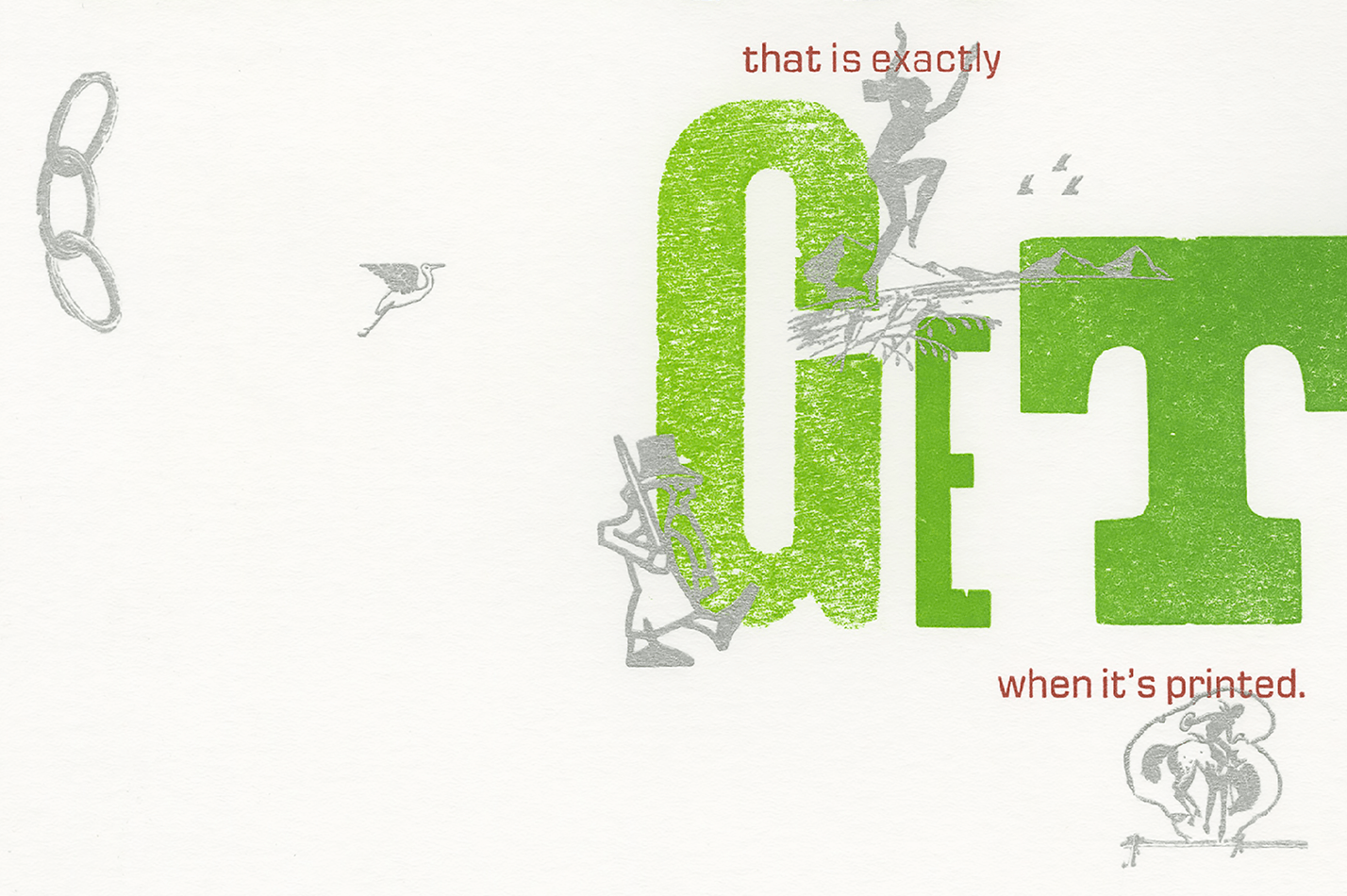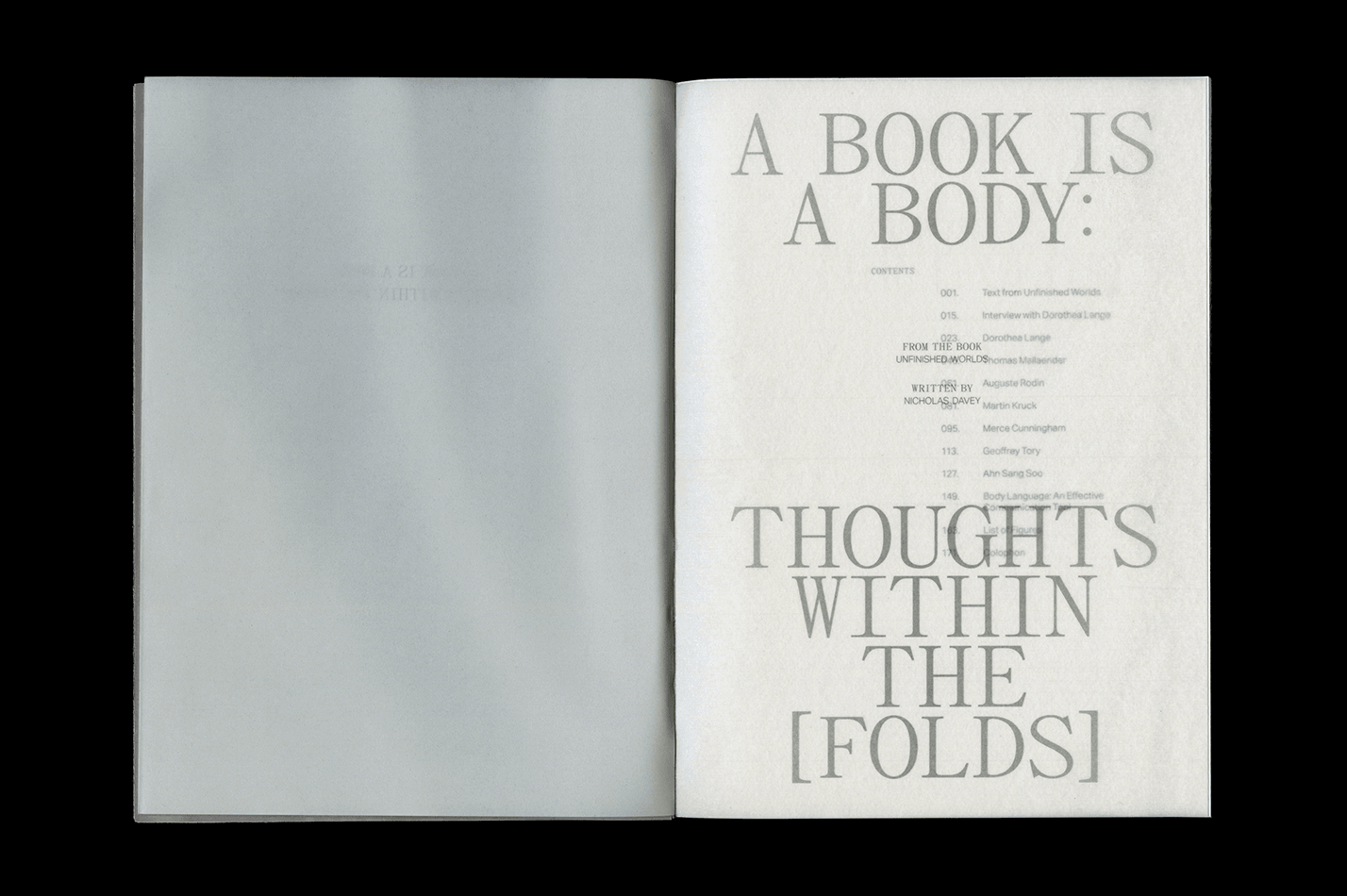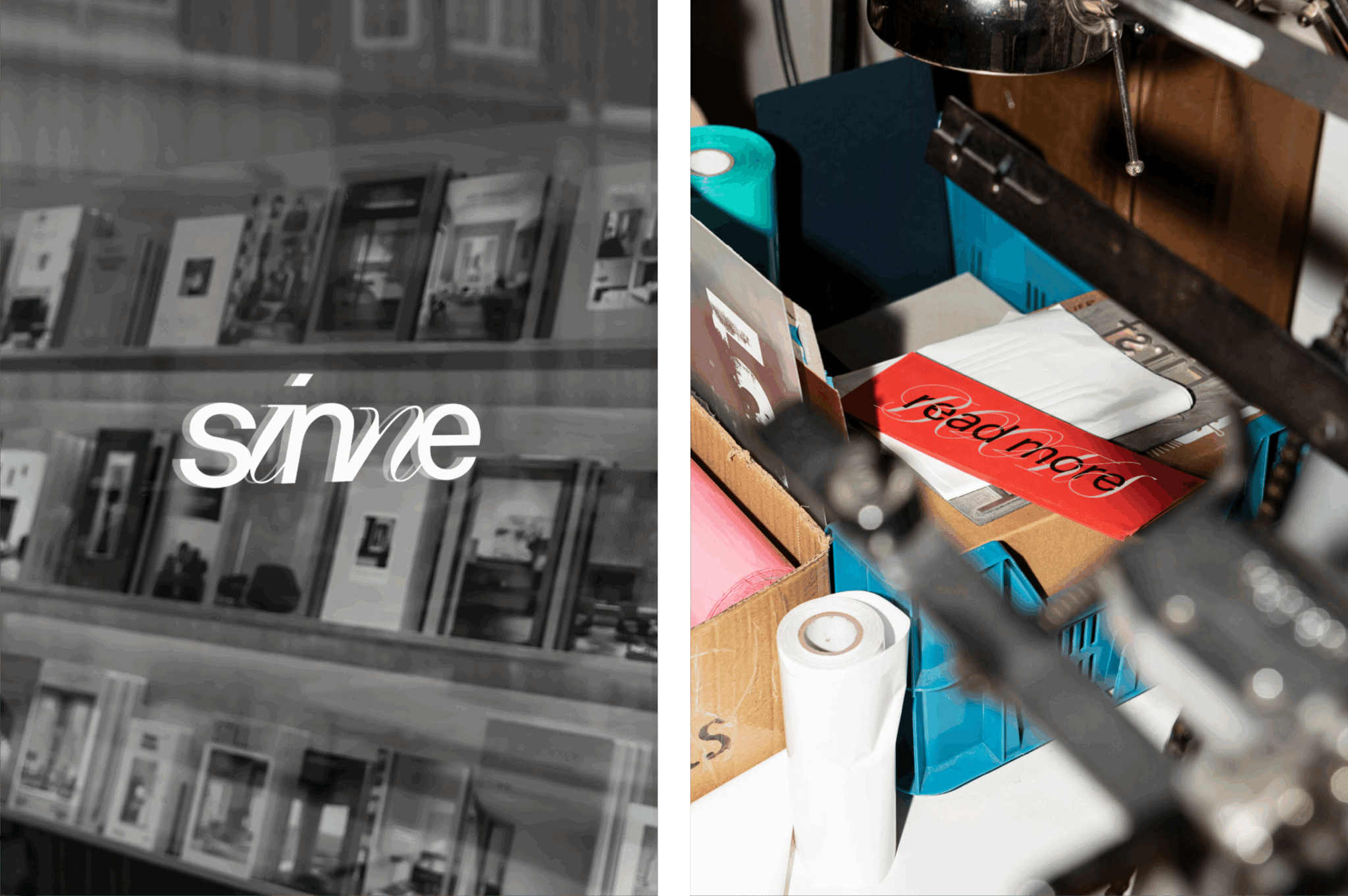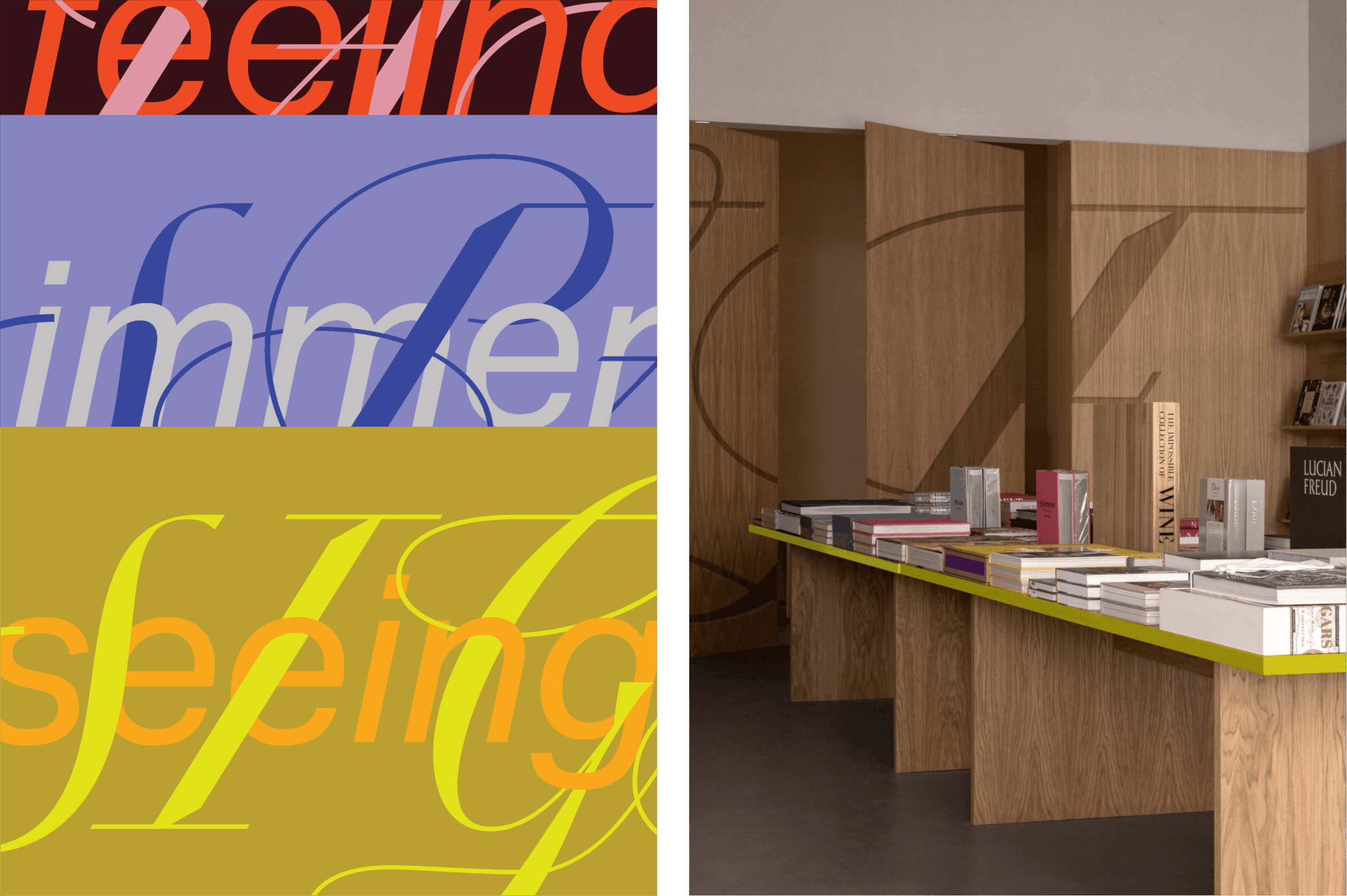Alright – so today we’ve got the honor of introducing you to Malina Mikami. We think you’ll enjoy our conversation, we’ve shared it below.
Alright, Malina thanks for taking the time to share your stories and insights with us today. How did you learn to do what you do? Knowing what you know now, what could you have done to speed up your learning process? What skills do you think were most essential? What obstacles stood in the way of learning more?
Throughout my childhood and into my adolescence, I took various art classes, experimenting with mediums like drawing, painting, and ceramics—pretty much what you’d expect. I found a lot of comfort in exploring my creativity through those courses and so once primary, then middle, and at last high school were over, and adulthood was creeping over my shoulders, I asked myself the simple and yet essential questions of life—who, what, and where—and proceeded to seek guidance from my parents. They helped me realize that graphic design could bridge this expressive exploration with problem-solving. So I went on to spend my first couple of years in university curious, focusing on honing these new technical skills, creating, failing, and trying new things in that realm.
Looking back, I’m grateful for the time it took me to get here. I’ve learned that patience and pacing myself have been crucial, not just for my growth as a designer, but also, as cliché as it’ll always sound, as a person. I think the most essential skills that I believe were vital—and continue to be—are adaptability and critical thinking. While there’s almost always obstacles along the way, like self-doubt and the pressure to succeed, I’ve found that each experience, whether a success or a setback, has shaped my understanding and approach to design.

As always, we appreciate you sharing your insights and we’ve got a few more questions for you, but before we get to all of that can you take a minute to introduce yourself and give our readers some of your back background and context?
I’m a graphic designer specializing in publication, packaging design, and visual identities. I believe design is most powerful when it balances form and meaning, simplifying complex ideas so that every detail has a purpose and function. My focus is on creating work that connects on both a practical and expressive level—designs that communicate beyond words and resonate with people emotionally and intuitively.
I’ve worked on a range of student projects from brand refreshes to wayfinding, exhibition design, and book layouts, and I take pride in my strong foundation in analog skill sets, which allows me to bring a tactile, hands-on approach to my work. Sanding down models for packaging forms, hand-binding books, creating physical forms using laser cutters, 3D printers, and woodworking machines have deepened my understanding of materials and processes. By familiarizing myself with these techniques, it has allowed me to communicate and collaborate with people and designers across various industries.

Learning and unlearning are both critical parts of growth – can you share a story of a time when you had to unlearn a lesson?
I think the most eye-opening lesson I’ve had to unlearn is the deep-rooted attachment to my work as a creative. I think to an extent, what I design feels personal. So early in my career, when I would work with clients, professors, peers, I’d feel this microsecond flash of existentialism during critique. Thankfully, my perspective on this attachment has evolved and I’ve come to the realization—as most designers do—that a large part of my role is to create for the people. Critiques are not based on my character, my skills, or what I ate for lunch, but rather about conveying a message, an association, and arguably the most important, a story—all in a manner that’s perceived as successful or seamless.
All in all, while I have my own self-initiated projects—and what was once a microsecond flash of questioning, in the early bits of my career, now turned fireworks in my personal work—I’ve learned to set boundaries between that and the ‘capital G,’ as one of my professors at ArtCenter, Aaron Björk, would say.

Can you tell us about a time you’ve had to pivot?
After I graduated from undergrad with a degree in Design Studies, I originally planned to pursue a master’s degree in Graphic Design, in Germany. However, due to the pandemic, I was unable to follow through with that. Instead, I applied for a job at a plant nursery, where I spent the next two years learning about plants and immersing myself with them both indoors and outdoors. It was a privilege during a time of world-wide quarantine. Throughout my time there, I eventually started working on the marketing end of the business, buying plants, streamlining their online shop, and eventually rebranding and redesigning their logo.
At some point, I returned to my original idea of furthering my education and decided to apply to ArtCenter College of Design, finding myself back in the world of graphic design and further exploring my creativity and growth in my career. Meeting lifelong friends, mentors, and colleagues along the way. Truly gratefully so.
Contact Info:
- Website: https://malinamikami.com
- Linkedin: https://www.linkedin.com/in/malinamikami/





